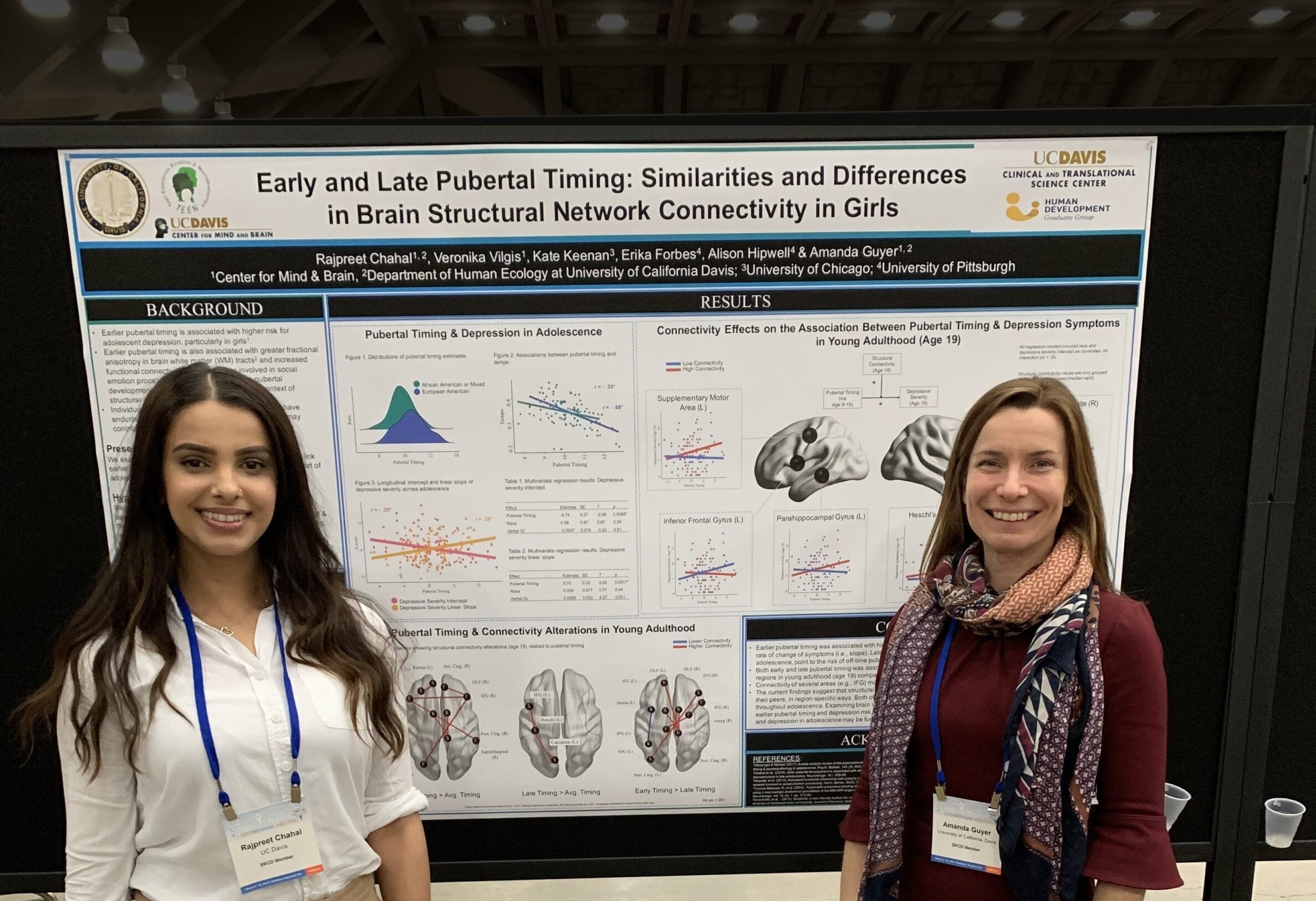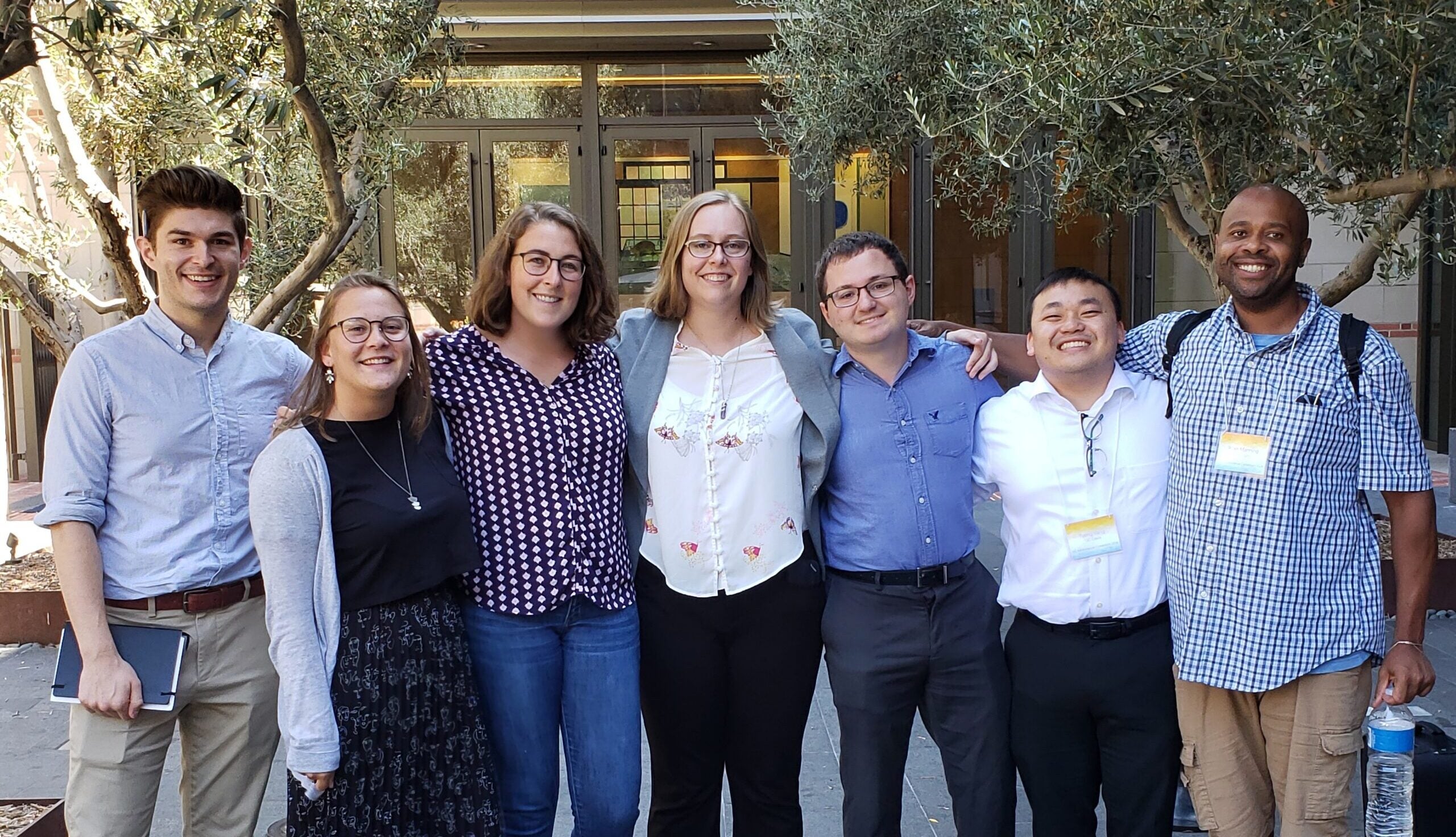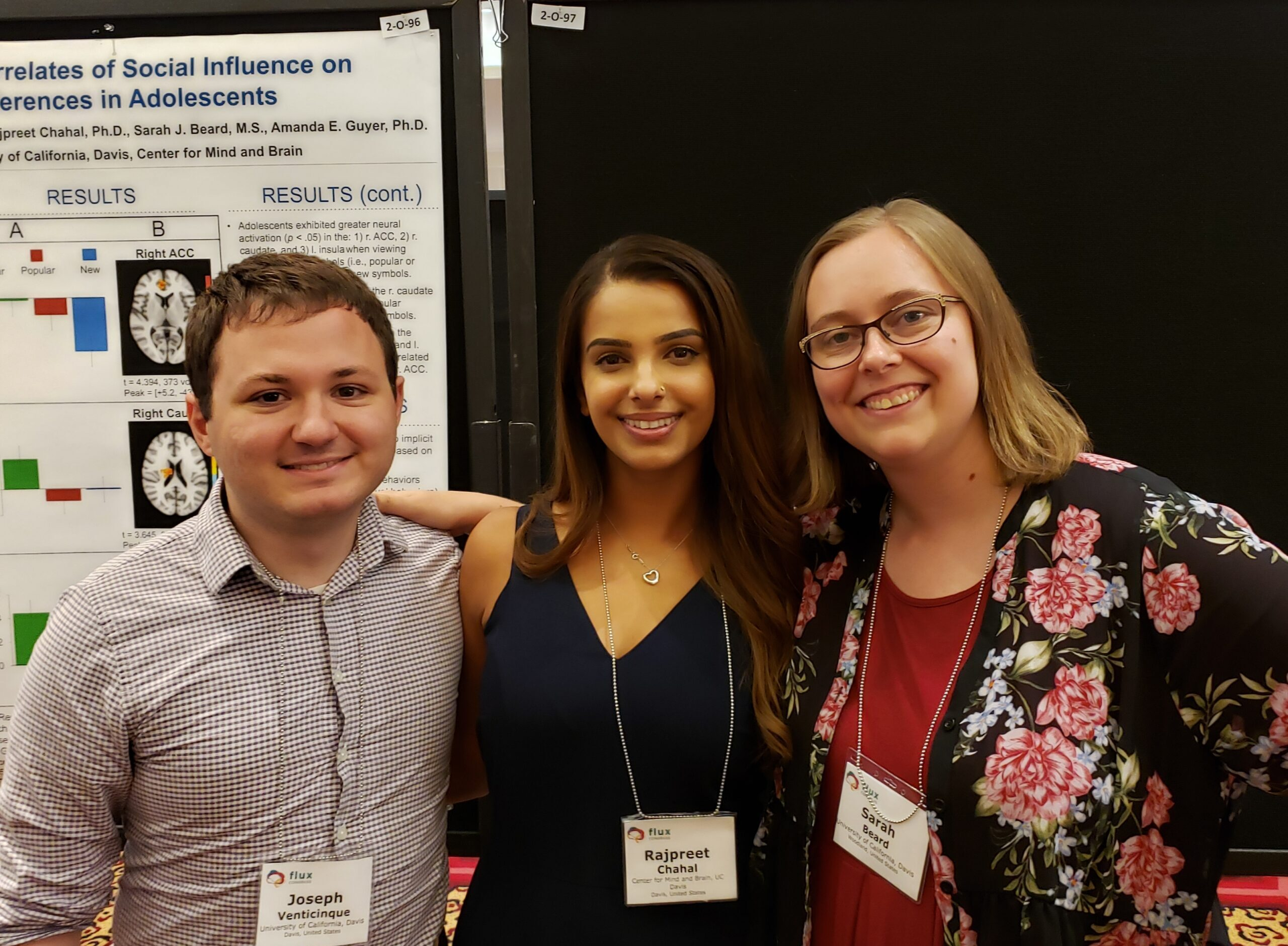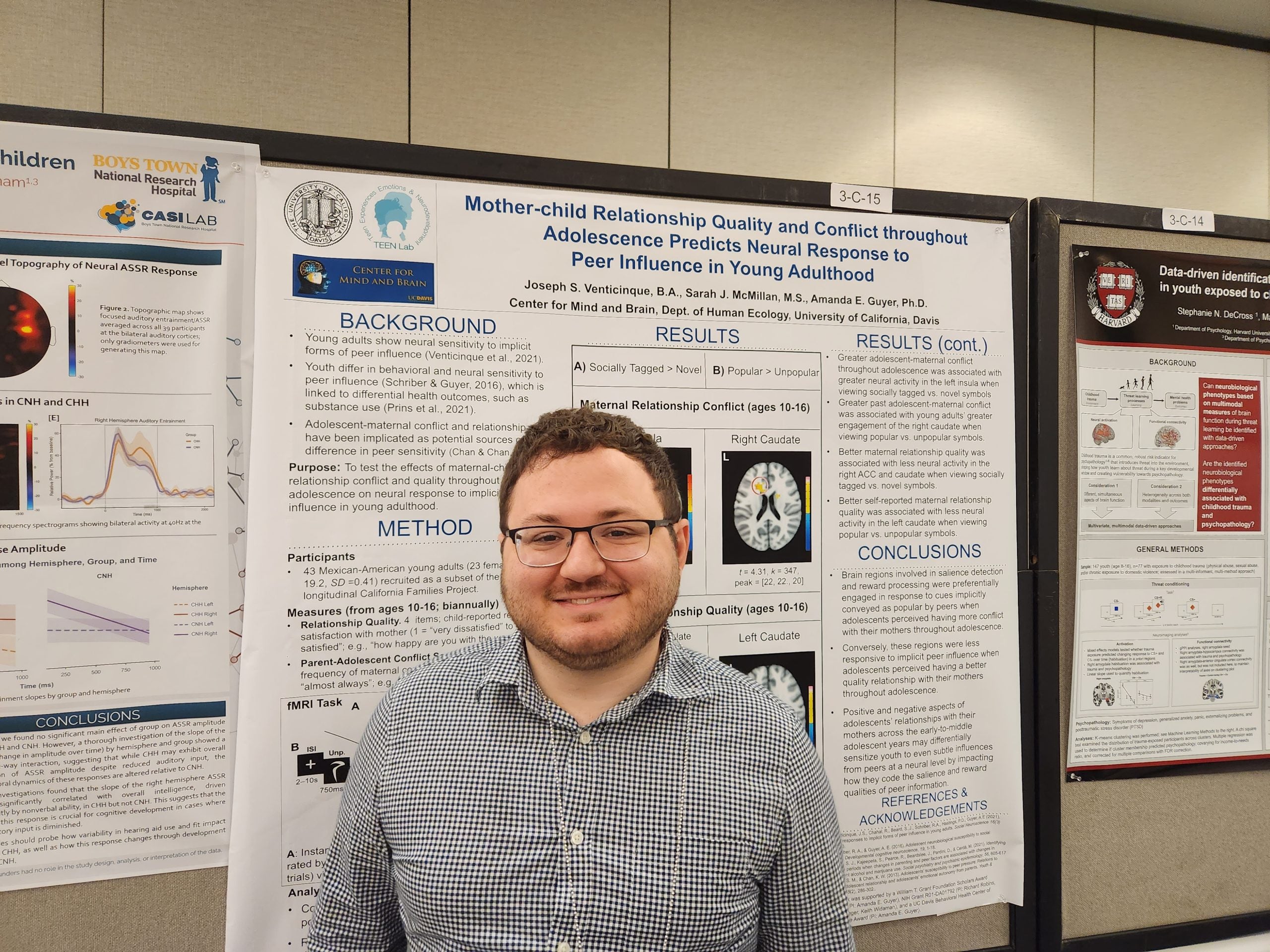Christopher S Monk, Eric E Nelson, Girma Woldehawariat, Lee A Montgomery, Eric Zarahn, Erin B McClure, Amanda E Guyer, Ellen Leibenluft, Dennis S Charney, Monique Ernst, and Daniel S Pine (2004). Biol Psychiatry, 56(8):607-10.
Biased attention to threat represents a key feature of anxiety disorders. This bias is altered by therapeutic or stressful experiences, suggesting that the bias is plastic. Charting on-line behavioral and neurophysiological changes in attention bias may generate insights on the nature of such plasticity. We used an attention-orientation task with threat cues to examine how healthy individuals alter their response over time to such cues. In Experiments 1 through 3, we established that healthy individuals demonstrate an increased attention bias away from threat over time. For Experiment 3, we used functional magnetic resonance imaging to determine the neural bases for this phenomenon. Gradually increasing attention bias away from threat is associated with increased activation in the occipitotemporal cortex. Examination of plasticity of attention bias with individuals at risk for anxiety disorders may reveal how threatening stimuli come to be categorized differently in this population over time.




